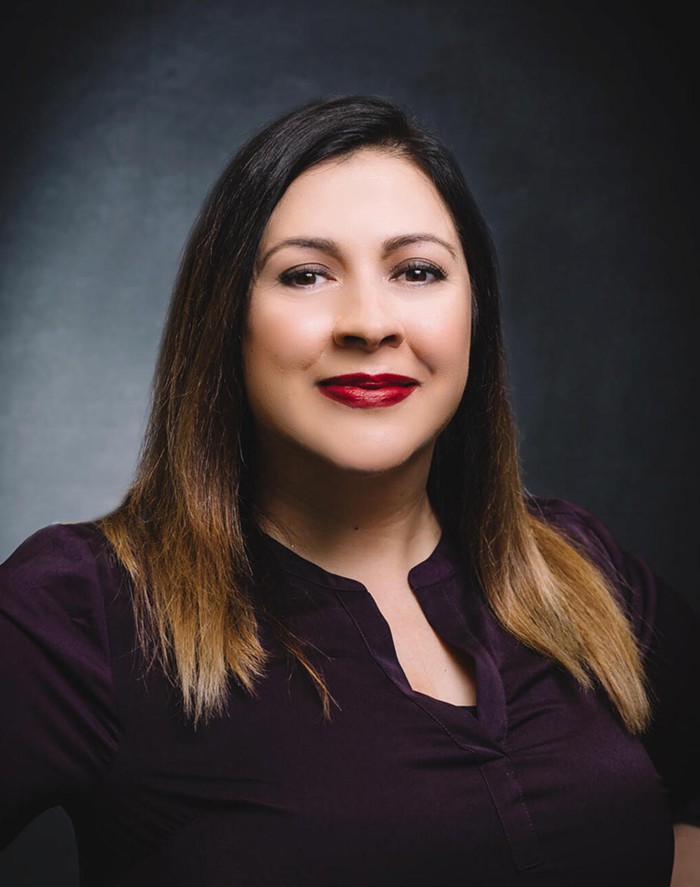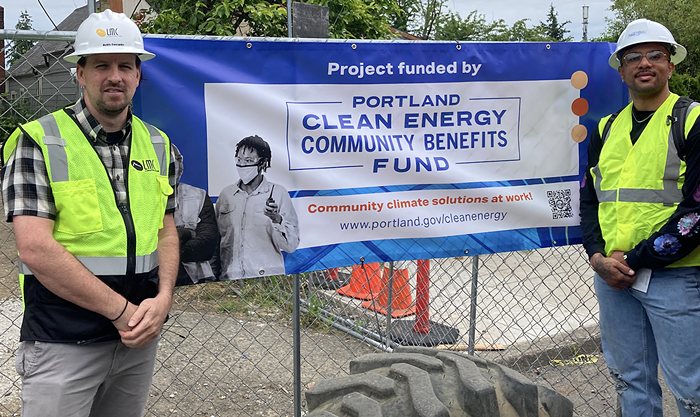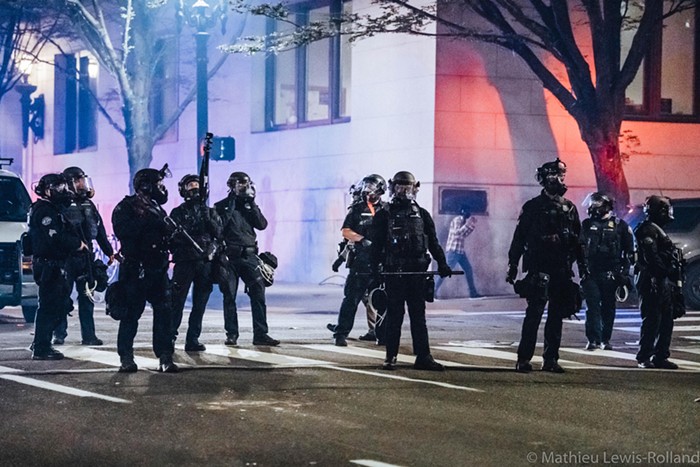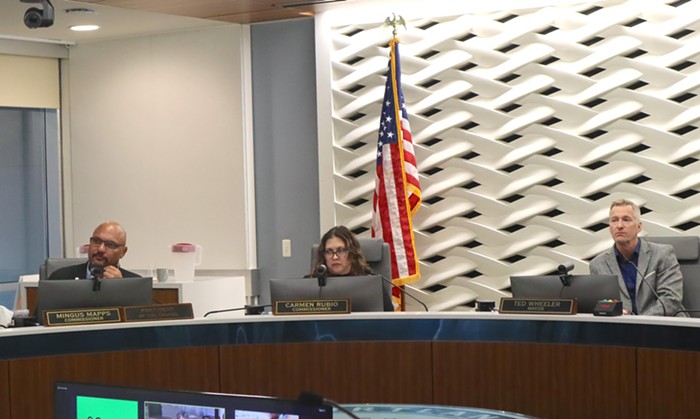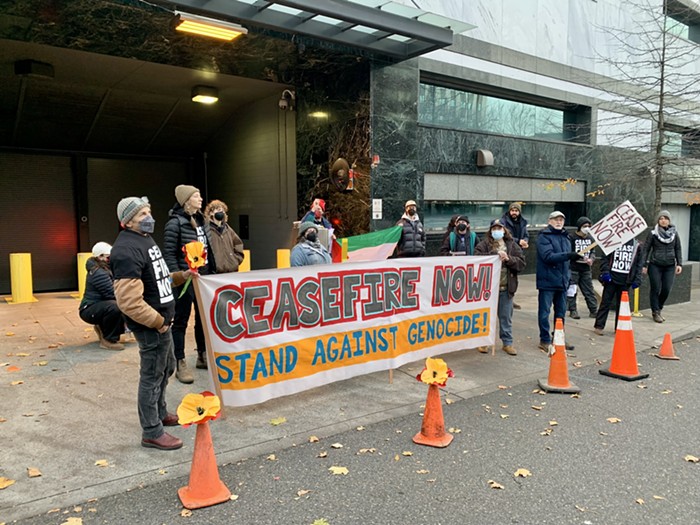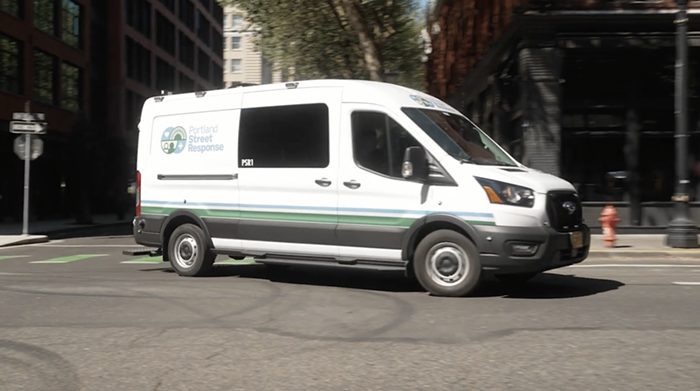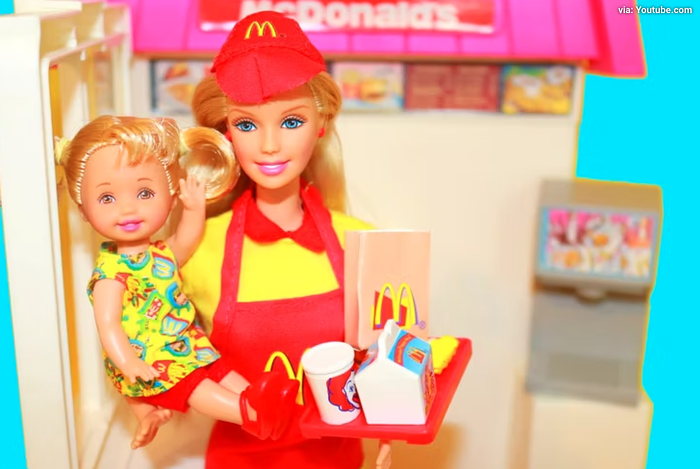ONE OF THEM WEARS cowboy boots and is endorsed by the co-owner of New Seasons Market. The other rides a Segway and is endorsed by Al Gore. Though November's gubernatorial election feels distant, Democrats John Kitzhaber (boots and groceries) and Bill Bradbury (Segway and Al) are already in full-on campaign mode: This week they've been scrapping over reports in the Oregonian that Kitzhaber missed voting in five out of the last 13 elections, with Bradbury describing his rival's behavior as "disturbing and disappointing." But where do both candidates stand on three major environmental issues facing the state?
Bill Bradbury
Coal Power: Bradbury is adamant that all of Oregon should be coal-free by 2060. "It's not easy, but we have got to face the fact that we rely on a really, really dirty coal plant for our energy," says Bradbury, saying the state should shut down Eastern Oregon's Boardman coal plant. Instead of coal, Oregon should use more hydroelectric, solar, and geothermal power, he says.
Columbia River Crossing: Bradbury ducked out of speaking at an anti-Columbia River Crossing (CRC) rally last spring, leading some green groups to think he had softened his stance on the new Portland-Vancouver I-5 bridge. Not true, says Bradbury. The current plans for a 10-lane bridge need to be scaled back significantly, says Bradbury, perhaps to the point of just making improvements to the existing bridge.
Liquid Natural Gas: Bradbury sides with the protest signs: No liquid natural gas (LNG) terminal sited on the Columbia River or Coos Bay. Bradbury says that as governor, he would use the statewide land-use board to prevent construction of any LNG facilities in Oregon. Building the controversial gas refineries "just makes no sense to me," says Bradbury, given the state's emphasis on promoting renewable energies.
John Kitzhaber
Coal Power: Like Bradbury, this rural Oregonian says the state needs to get off coal within the coming years, but is "not willing to set an arbitrary number." Instead, Kitzhaber wants to emphasize using more Oregon-made energy and focus on reducing the carbon footprint of new housing and commercial developments.
Columbia River Crossing: Kitzhaber is also not sure that a 10- or 12-lane bridge is the answer for Oregon. But he doesn't think just making improvements to the current bridge is necessarily going to be enough to ensure "efficient flow of freight and some capacity for automobiles." As of now, says Kitzhaber, he needs more information.
Liquid Natural Gas: Any new LNG facility should have to meet Oregon's strict environmental and land-use laws, says Kitzhaber. "I'm not slamming the door on an LNG plant, but someone needs to explain to me the need for an LNG plant on the Oregon coast in terms of transitioning to a more low–carbon future."

